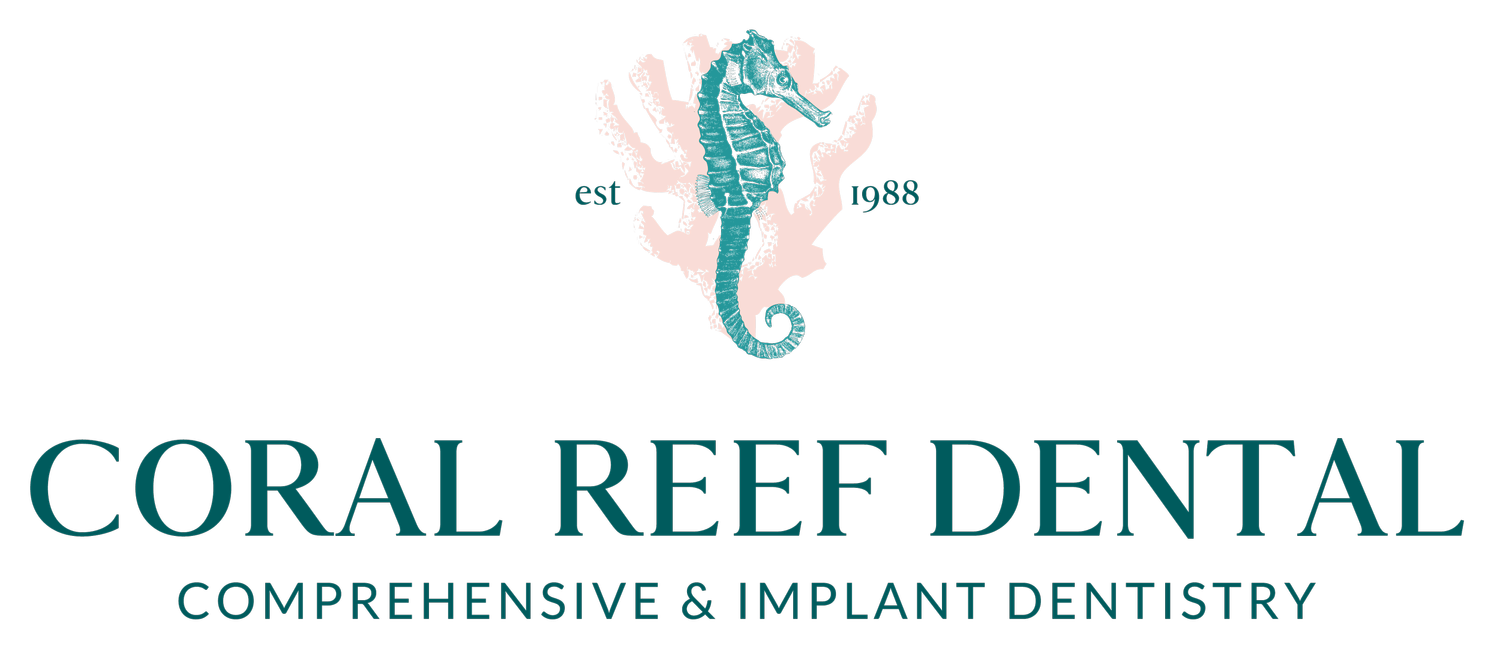Dental Flipper vs Partial Denture
If you’re missing one or more teeth, you’re probably curious about your options to replace them. Dental flippers and partial dentures both offer a solution, but the best choice depends on several factors. Today, we’re discussing the differences between these two types of replacement teeth to help you make the best decision.
What is a dental flipper?
A dental flipper is a temporary piece of hardware that can replace a missing tooth until you can get a more permanent solution. Here’s a closer look at these appliances:
How long can you wear a dental flipper?
Because dental flippers are made of fragile plastic or acrylic, they may only last between six months and two years. Of course, taking great care of your flippers by cleaning them regularly and maintaining excellent oral hygiene will give them the longest lifespan possible.
How does a dental flipper stay in place?
Dental flippers may attach to surrounding teeth with plastic, acrylic, or wire. They typically sit along the gum line to create the appearance of a full, natural set of teeth.
Wearers must remove them at night and soak them, just like regular dentures. However, because they’re a cheaper alternative, they can make it harder to eat or speak. Some people find the early days with a dental flipper particularly uncomfortable.
How many teeth can dental flippers replace?
These devices can only replace one or two teeth. Due to the materials they’re made of — and the way they clip into surrounding teeth — they’re not sturdy enough to cover more surface area. Three or more artificial teeth in a flipper would likely break too easily to be safe or effective.
What is a partial denture?
People missing more than one or two teeth will find a more permanent solution with partial dentures. Here’s a quick overview of these devices:
Types of partial dentures
Partial dentures come in various styles, including removable and fixed replacement teeth. Removable partials include flexible and rigid dentures that clasp onto surrounding teeth for support.
Dental bridges are considered permanent or semi-permanent options. Fixed bridges require filing down the surrounding teeth and fitting a crown over them, which covers the existing teeth and fills the space between them.
Implant-supported bridges require your dentist to implant a base into your gums to hold the artificial teeth in place. While many consider dental implants the gold standard when replacing one or two teeth, a healthy jawbone is necessary for success.
Materials used for partial dentures
A partial denture may be made of acrylic, metal, or a flexible thermoplastic. The teeth are often made with porcelain, offering a natural, durable solution to complete your beautiful smile.
How many teeth can partial dentures replace?
Removable partial dentures are typically used to replace three or more consecutive missing teeth. While there’s no hard and fast limit to the number of teeth they can replace, it’s important to note that you must have teeth on both sides of the space that are in good health.
This may be the best solution for people missing one or more teeth throughout their mouth, as they can be customized to fit perfectly in the missing spaces while attaching to the healthy teeth nearby.
Differences between dental flippers vs partial dentures
Choosing between dental flippers and partial dentures can be challenging. Here are a few key differences to keep in mind:
How many teeth to replace
The number of missing teeth you need to replace will affect your treatment options. Flippers can only be used for one or two teeth, while partial dentures generally need three or more teeth to be secure.
Average costs
Flippers offer a low-cost solution for minimal tooth loss. Most devices cost between $200 and $500, but prices can go up to $1,000, depending on the materials used, the number of teeth, and your location. On the other hand, you can expect to pay an average of about $1,500 for partial dentures.
Durability and long-term wear
Of course, a dental flipper is a temporary solution. They’re not made to withstand long-term use, so you’ll need to either replace them regularly or opt for a more permanent solution.
Partial dentures and fixed bridges can last up to 15 years with proper care and regular maintenance. While you might hear doctors and dentists refer to bridges as “permanent,” they may require replacement over time. However, they’re not appliances you can remove at home.
Oral health and overall comfort
Dental flippers are known to cause discomfort for many users, as they’re cheaper and flimsier than more robust options. Partial dentures tend to have a more natural feel, especially once the wearer has adjusted to them.
Although both of these options can improve self-confidence and restore your smile, they won’t necessarily benefit your oral health. Gum recession is a natural consequence of missing adult teeth, and you can anticipate it to worsen over time. That’s why many people opt for implants or implant-supported bridges, as they help strengthen your jawbone and prevent recession.
Let Coral Reef Dental help you find the best option for you!
At Coral Reef Dental, we’re passionate about helping our clients achieve optimal oral health. From standard cleanings to restorative implant dentistry, we do it all! Contact us today to schedule an appointment or consult to discuss your options.


